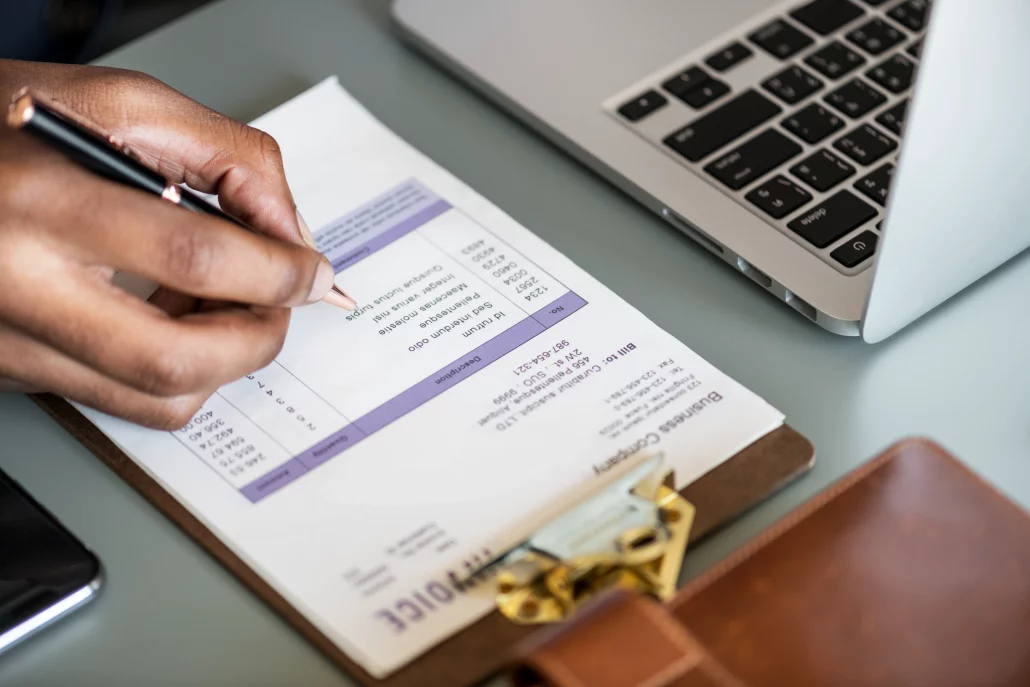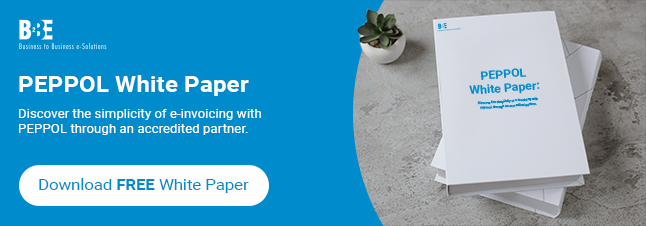The future of e-invoicing is being shaped by real-time validation — an approach that ensures invoices are accurate and compliant the moment they’re created. This shift is transforming how organisations manage invoicing, improving accuracy, and reducing delays.
But what does this mean in practical terms?
Why Real-Time Validation Is Part of the Future of E-Invoicing
The future of 电子发票 is about speed and precision. Real-time validation allows invoices to be checked instantly before they’re sent or processed. It verifies that key information is correct and complete. Key information could include tax rates, invoice totals, dates, and supplier details.
Because validation happens in real time, errors can be fixed right away. This avoids rejections, disputes, and delayed payments.
下面请观看我们的视频综述:
How It Works and Why It Matters
In the future of e-invoicing, manual checks will be a thing of the past. Real-time validation uses built-in rules to confirm invoices meet local tax laws or buyer-specific requirements. In some countries, this involves government platforms that validate invoices before they are even delivered to the buyer.
So instead of waiting days or weeks for feedback, issues are flagged instantly. That means invoices move through the system faster, with fewer errors and less admin.
Business Benefits of Real-Time Validation
A key part of the future of e-invoicing is the ability to improve cash flow. Invoices that are rejected due to formatting or content errors can cause major delays. Real-time validation helps prevent this by catching issues early.
The result? Fewer back-and-forth emails, faster payment approvals, and greater trust between buyers and suppliers. It also reduces the risk of penalties due to non-compliance — something that’s becoming more important as governments introduce stricter invoicing rules.
What to Expect as E-Invoicing Evolves
Governments across Europe, Asia, and beyond are already introducing e-invoicing mandates. Many of these include real-time validation through central tax platforms. The future of e-invoicing is heading toward global adoption of this model.
Even where mandates don’t exist, large enterprises are adopting real-time validation voluntarily. It gives them better control, reduces costs, and helps streamline operations.
So whether driven by law or business value, it’s clear this approach is here to stay.
Getting Ready for the Future of E-Invoicing
Preparing for the future of e-invoicing starts with understanding your current process. Where are errors happening? What systems do you use to create, send, and approve invoices?
Look for ways to introduce validation earlier in the workflow. This might involve system upgrades or automation tools that check invoices before they’re submitted. It’s also worth training your team to avoid common issues like missing fields or incorrect formats.
Because in a real-time environment, inaccurate invoices simply won’t be accepted.
To sum up, the future of e-invoicing lies in automation, accuracy, and compliance. Real-time validation is central to this evolution, helping businesses reduce risk and speed up payments. Embracing this now puts you in a stronger position as global invoicing rules continue to evolve. Read more on our e-invoicing solution page.

